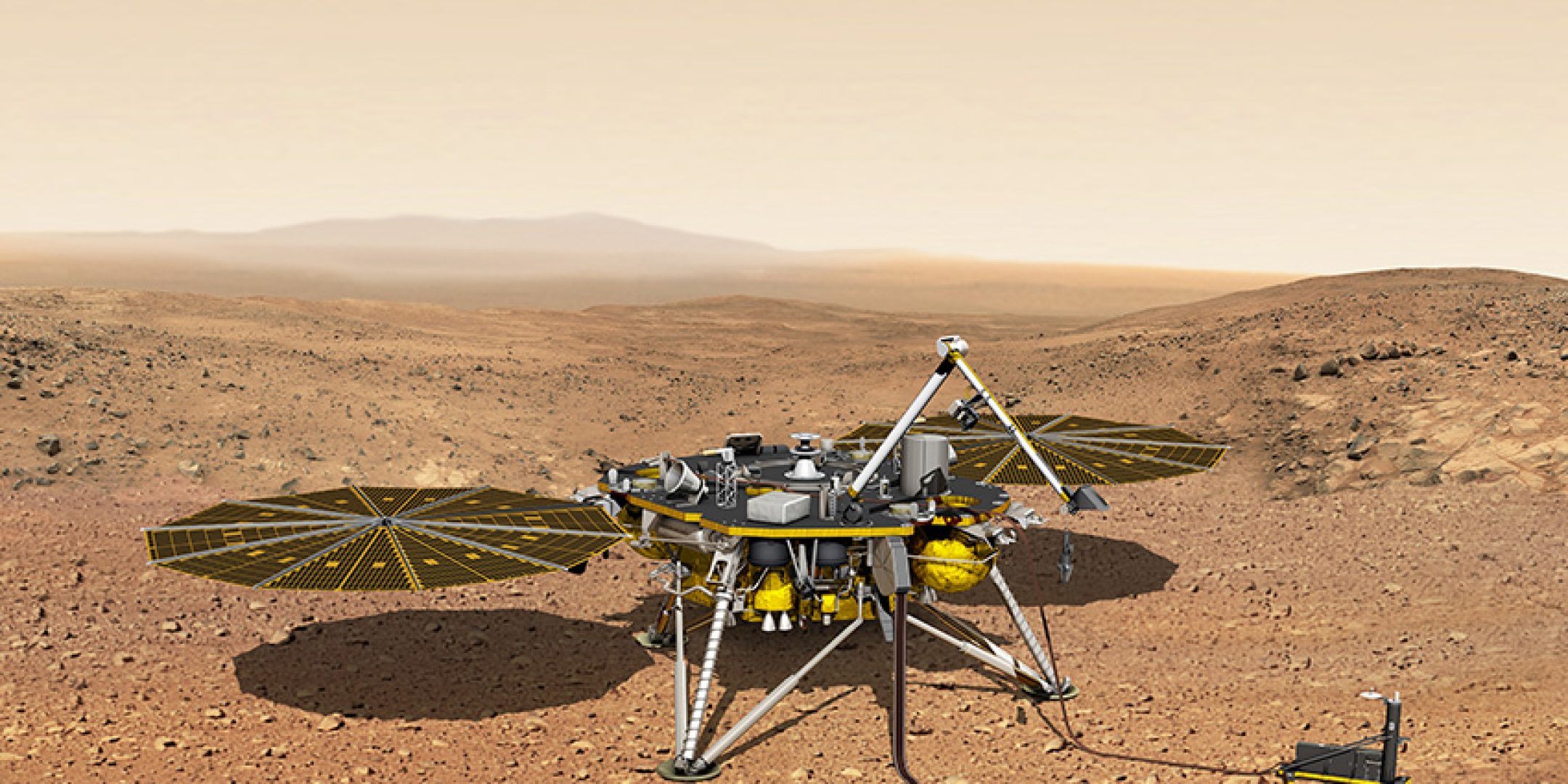InSight is the first mission dedicated to looking deep beneath the Martian surface. Among its science tools are a seismometer for detecting ‘marsquakes’ and the APSS weather station composed of sensors for gauging wind, temperature and air pressure, and a magnetometer. The first two years of the mission have cast Mars in a new light, revealing a living planet with seismic activity, dust devils and strange magnetic pulses.
A dust storm has been encircling the red planet for several months now, greatly restricting the flow of power to InSight and the SEIS and APSS instruments. Operations teams at https://fscience-old.originis.fr/wp-content/uploads/2023/06/GLOC_Oslo_Norway_S2_27juillet2022_web-2-1.jpg and NASA have so far succeeded in keeping most of the seismic and meteorological sensors switched on, even intermittently, enabling them to continue sending back very good science data and even recently detecting new quakes. https://fscience-old.originis.fr/wp-content/uploads/2023/06/GLOC_Oslo_Norway_S2_27juillet2022_web-2-1.jpg is operating the SEIS and APSS instruments from the FOCSE-SISMOC* centre at its Toulouse Space Centre, while the data centre at the IPGP Earth physics institute in Paris (Paris University/IPGP/CNRS) is in charge of distributing data to the scientific community.
As night falls on Mars, the tether connecting SEIS to InSight has a tendency to generate thermoelastic cracking and popping sounds in the seismic data when the temperature drops sharply at this time of the day. At the initiative of IPGP and https://fscience-old.originis.fr/wp-content/uploads/2023/06/GLOC_Oslo_Norway_S2_27juillet2022_web-2-1.jpg, for the extended mission this tether will be buried under a layer of Martian regolith using the scoop at the end of InSight’s Instrument Deployment Arm (IDA). This will considerably improve the quality of the seismic signal from SEIS by attenuating the effects of temperature swings on Mars.
Besides seismic measurements, InSight’s APSS instrument is providing some of the most detailed meteorological data ever collected on Mars and with the Curiosity rover already on the planet’s surface and the Perseverance rover set to land in February will constitute the first meteorological network on another planet.
Science data from the first Martian year or sol (two Earth years) and published scientific papers are freely available for download from the SEIS website (https://www.seis-insight.eu/fr/science/seis-accueil).
* French Operations Centre for Science and Exploration – SeIS on Mars Operations Centre
About InSight and SEIS
JPL manages InSight for NASA’s Science Mission Directorate. InSight is part of NASA’s Discovery Program, managed by the agency’s Marshall Space Flight Center (MSFC) in Huntsville, Alabama. Lockheed Martin Space in Denver built the InSight spacecraft, including its cruise stage and lander, and supports spacecraft operations for the mission. https://fscience-old.originis.fr/wp-content/uploads/2023/06/GLOC_Oslo_Norway_S2_27juillet2022_web-2-1.jpg is lead contractor for SEIS and the IPGP Earth physics institute in Paris (Paris University/IPGP/CNRS) is the instrument principal investigator. https://fscience-old.originis.fr/wp-content/uploads/2023/06/GLOC_Oslo_Norway_S2_27juillet2022_web-2-1.jpg is funding French contributions to the mission, coordinating the international mission consortium** and was responsible for integrating, testing and supplying the complete instrument to NASA. IPGP designed the very-broad band (VBB) sensors and tested them before delivery to https://fscience-old.originis.fr/wp-content/uploads/2023/06/GLOC_Oslo_Norway_S2_27juillet2022_web-2-1.jpg, and is aiding operations and distributing data to the scientific community for the InSight National Observation Department. https://fscience-old.originis.fr/wp-content/uploads/2023/06/GLOC_Oslo_Norway_S2_27juillet2022_web-2-1.jpg developed and is operating the FOCSE-SISMOC mission centre for the SEIS and APSS instruments. Several research laboratories attached to the French national scientific research centre CNRS—the LMD dynamic meteorology research laboratory (CNRS/ENS Paris/Ecole polytechnique/Sorbonne University), the LPG planetology and geodynamics laboratory (CNRS/University of Nantes/University of Angers), the IRAP astrophysics and planetology research institute (CNRS/University of Toulouse/https://fscience-old.originis.fr/wp-content/uploads/2023/06/GLOC_Oslo_Norway_S2_27juillet2022_web-2-1.jpg), the LGL-TPE Earth, planets and environment geology laboratory (CNRS/ENS Lyon/Claude Bernard University Lyon 1), the IMPMC mineralogy, materials physics and cosmochemistry institute (Sorbonne University/National Natural History Museum/CNRS) and the J.L. Lagrange laboratory (CNRS/Côte d’Azur University, Cote d’Azur Observatory)—are working with IPGP and the ISAE-Supaero aeronautics and space institute to analyse InSight mission science data, with support from https://fscience-old.originis.fr/wp-content/uploads/2023/06/GLOC_Oslo_Norway_S2_27juillet2022_web-2-1.jpg and ANR, the national research agency.
** In collaboration with Sodern for the VBB sensors, JPL, the Swiss Federal Institute of Technology (ETH Zurich) and the Max Planck Institute for Solar System Research (MPS, Göttingen, Germany), and Imperial College London and Oxford University, which supplied subsystems for SEIS and are involved in exploiting the mission’s science data.
Read more about the SEIS instrument here

